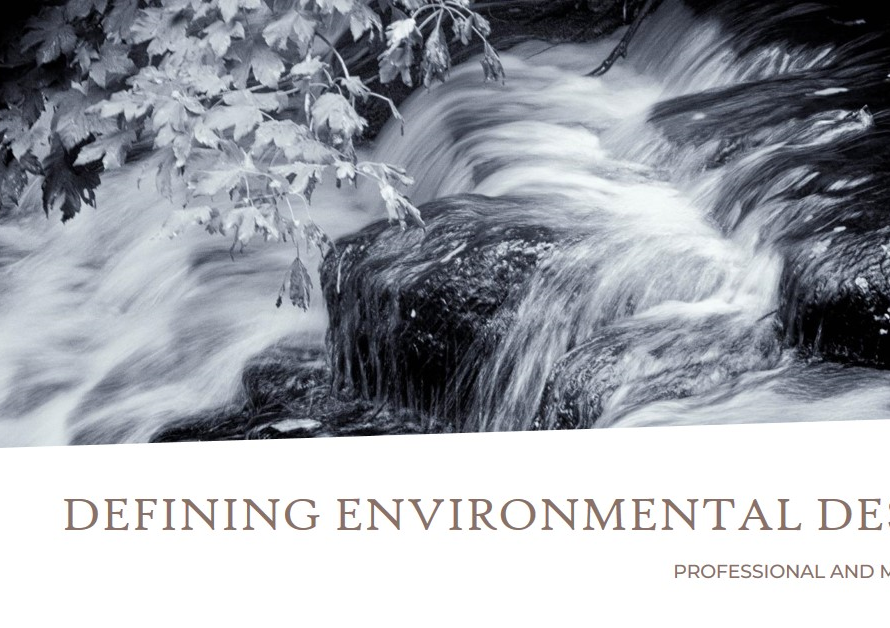
Table of Contents
- Introduction: The Art of Exterior Design
- The Role of Aesthetic Principles:
- Functionality Meets Form:
- Environmental Harmony:
- Technological Innovations in Exterior Design:
- The Influence of Cultural Trends:
- Sustainability in Exterior Design:
- The Impact of Regulations and Standards:
- Case Studies: Exemplary Exterior Designs
- Conclusion: The Future of Exterior Design
Introduction: The Art of Exterior Design
Exterior design is more than just a surface-level consideration; it’s an art form that melds aesthetics, functionality, and environmental harmony. The facade of a building is the first impression, the face it presents to the world. As such, it’s imperative to understand the nuances and expertise that go into creating a visually appealing and structurally sound exterior.
The Role of Aesthetic Principles:
The foundation of exterior design lies in aesthetic principles. These principles guide designers in creating harmonious and attractive exteriors. Balance, proportion, and scale are key components. Designers use these elements to ensure that all parts of a structure work together cohesively.
Color theory is another critical aspect. Choosing the right color palette can significantly impact a building’s visual appeal. For instance, cool colors might create a sense of calm and sophistication, while warm colors can evoke warmth and energy. Understanding how colors interact and the emotions they convey is essential for any exterior designer.
Functionality Meets Form:
While aesthetics are crucial, functionality cannot be overlooked. A well-designed exterior must meet the practical needs of its occupants. This includes considerations for weather resistance, energy efficiency, and accessibility. Designers must select materials that withstand environmental conditions and integrate technologies that enhance energy efficiency.
For example, incorporating sustainable materials and green technologies can reduce a building’s environmental footprint. Solar panels, green roofs, and high-performance windows are just a few elements that marry functionality with form, creating exteriors that are both beautiful and sustainable.
Environmental Harmony:
Exterior design does not exist in a vacuum. It must harmonize with its surroundings. Contextual design ensures that a building complements its environment, whether it’s an urban landscape or a natural setting. This involves studying the local architecture, climate, and cultural significance of the area.
Using locally sourced materials and traditional building techniques can help achieve this harmony. For instance, in a coastal region, incorporating elements like large windows and open spaces can take advantage of natural light and sea breezes, enhancing the building’s connection to its environment.
Technological Innovations in Exterior Design:
The integration of technology in exterior design has revolutionized the field. Advanced software allows designers to create detailed 3D models and simulations, providing a realistic preview of the final product. This technology aids in precise planning and error reduction.
Furthermore, smart materials and systems have become prevalent. Materials that change properties in response to environmental conditions, like self-healing concrete and dynamic glass, are pushing the boundaries of what’s possible in exterior design. These innovations not only improve the durability and efficiency of buildings but also open up new aesthetic possibilities.
The Influence of Cultural Trends:
Cultural trends play a significant role in shaping exterior design. Designers must stay abreast of these trends to create relevant and contemporary structures. For example, the minimalist movement, characterized by clean lines and simplicity, has had a profound impact on modern exterior design.
Similarly, the rise of biophilic design, which seeks to connect occupants with nature, has led to the incorporation of natural elements like green walls and living facades. Understanding and incorporating cultural trends can result in designs that resonate with the public and stand the test of time.


Sustainability in Exterior Design:
Sustainability is no longer a trend but a necessity in exterior design. As concerns about climate change and resource depletion grow, designers are increasingly focusing on creating eco-friendly exteriors. This involves using sustainable materials, such as reclaimed wood and recycled metal, and implementing energy-efficient systems.
Water conservation features, like rainwater harvesting systems and permeable pavements, are also integral to sustainable exterior design. By prioritizing sustainability, designers can create buildings that not only reduce environmental impact but also provide healthier living environments for occupants.
The Impact of Regulations and Standards:
Regulations and standards play a crucial role in shaping exterior design. Building codes ensure that structures are safe, accessible, and energy-efficient. Designers must navigate these regulations while maintaining creativity and innovation.
Understanding local and international standards is vital. For instance, the Leadership in Energy and Environmental Design (LEED) certification sets benchmarks for green building practices. Adhering to such standards can enhance a building’s credibility and appeal, demonstrating a commitment to quality and sustainability.
Case Studies: Exemplary Exterior Designs
Examining successful exterior design projects provides valuable insights into best practices and innovative solutions. One notable example is the Bosco Verticale in Milan, Italy. These residential towers are covered in trees and plants, creating a vertical forest that improves air quality and provides insulation.
Another example is The Edge in Amsterdam, often cited as the greenest office building in the world. Its design incorporates solar panels, rainwater harvesting, and smart lighting systems, showcasing how technology and sustainability can converge in exterior design.
Conclusion: The Future of Exterior Design
As we look to the future, the role of exterior design will continue to evolve. Advances in technology, a growing emphasis on sustainability, and changing cultural trends will shape the field. Designers must remain adaptable and forward-thinking, embracing new tools and ideas to create exteriors that are not only beautiful but also functional and environmentally responsible.
By understanding the complexities and expertise involved in exterior design, we can appreciate the artistry and technical skill that go into creating the buildings that shape our world. Whether through innovative materials, sustainable practices, or harmonious integration with the environment, the future of exterior design holds endless possibilities for enhancing our built environment.



